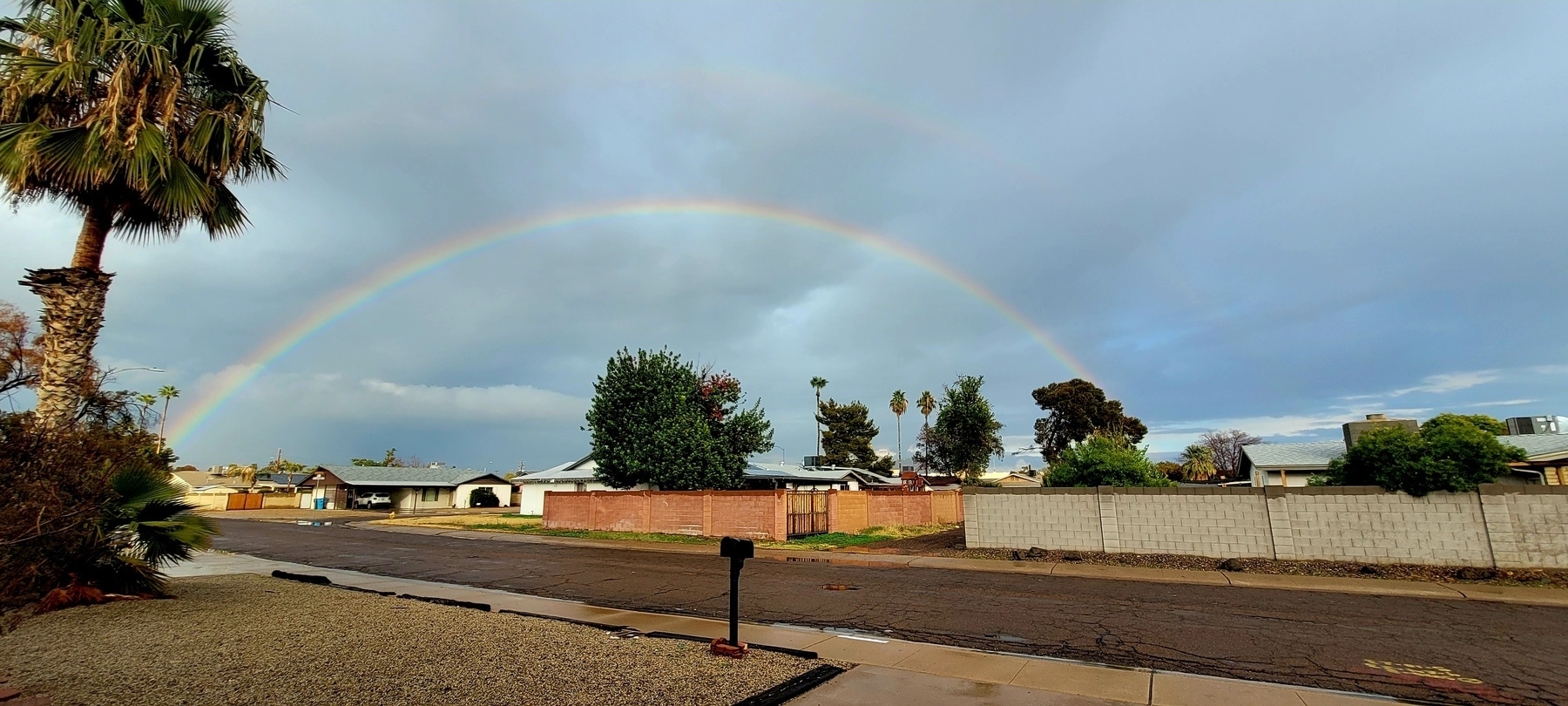Currently reading: Loving Disagreement by Matt Mikalatos 📚
2 chapters in, and impressed with the depth candidness, and accessibility of this book!
Finished 2024: Dearly Beloved by Vermon Pierre 📚
Excellent overview and exploration of how the Bible uses the metaphor of marriage to communicate God’s love and the love the church shares with one another.

On Monday I went to a business networking meetup at our local library here in Phoenix.
All freelancers like me, and mostly brand new, like me.
It was great to meet other people getting started and also great to see mission-driven freelancers and small business owners can be.
Everybody there was genuinely looking to serve other people and make a positive impact in the world!
When I shared about my desire to help churches, non-profits, and small businesses have more impact and less stress with their websites, I got so much affirmation and encouragement!
Left feeling like I’m on the right track.
Yesterday my favorite phone ever– my Samsung Galaxy S20 FE–finally succumbed to a failing battery.
Walked out of the Verizon store about 3 hours later with a Galaxy S24.
I have to say first impressions are good. Form factor feels more like a phone, less like a phablet - so it’s comfortable and pocketable.
Performance is great. AI features are useful. A very refined Galaxy experience.
And I love the case I got for it, too.
I’m usually kind of wary of online courses and memberships. However as I have gotten back into web design I have to say I have gotten a ton of value both in terms of skills and reproducible systems from a couple.
Beginning web design work for TWO really amazing Anglican ministries this week
REN FEST!!

Have been grateful the last several months to have the opportunity to pray the Daily Office regularly with others (usually at least once a week).
Regular liturgical prayer in community in addition the Sunday gathering is a special blessing. ✝️🙏
Very grateful for the support I’ve received as I launch my web design business. It means so much!
👋 Hey friends and fam! I’m leaning into my design and development skills to launch a freelance web business, Hale Creative!
I’m helping small-to-medium organizations get more website visitors, make a greater impact with their websites, and free up time and energy.
I could really use your help connecting with people that are ready to level up their web presence so they can focus on doing what they do best.
Please share my info, and don’t hesitate to be in touch!
🌐 Website: http://halecreative.co
📧 Email: nathan@halecreative.co
Thanks so much for your support!
- Nathan
P. S., Because I want to bless churches, I have special pricing available for congregations!
Hey friends and fam - wanted to let you know that due to budget constraints at the church, I’m moving to half-time.
I’ll still be serving as Rector (senior clergy), but in a more limited capacity.
I’m so thankful for God’s provision in all things and for a loving church that is caring for me deeply in this season.
To make up income, I’m leaning into some other skills and experience to launch a freelance web design, consulting, and support business.
I’ll make another post with more details on that, but for now just wanted to let you know what’s up and ask for your prayers!
Three Nuns tobacco in my trusty Dr. Grabow pipe this cloudy Phoenix morning.

Beautiful rainbow today

“…fret not yourself, lest you be moved to do evil.”
Happy 2024

Hard to count how many times I’ve realized something in Bible study or theological reflection…
…only to recognize…
…that’s what the liturgy has been teaching me this whole time.
I love preaching in Advent.
The themes of Advent really resonate with me personally - especially the anticipation of the celebration of the Incarnation, the fulfillment of the hopes and dreams of the prophets, the grace and mercy of God in the second coming of Christ.
There’s a lot of Gospel there to share, a lot of solid ground on which to build one’s life and Christian practice!
Late getting Christmas cards out again this year, but it’s all coming together. Looking forward to couple of chill days with the family soon.
Attempting to resist Instagram’s constant suggestion I get on board with Threads
 NRH
NRH